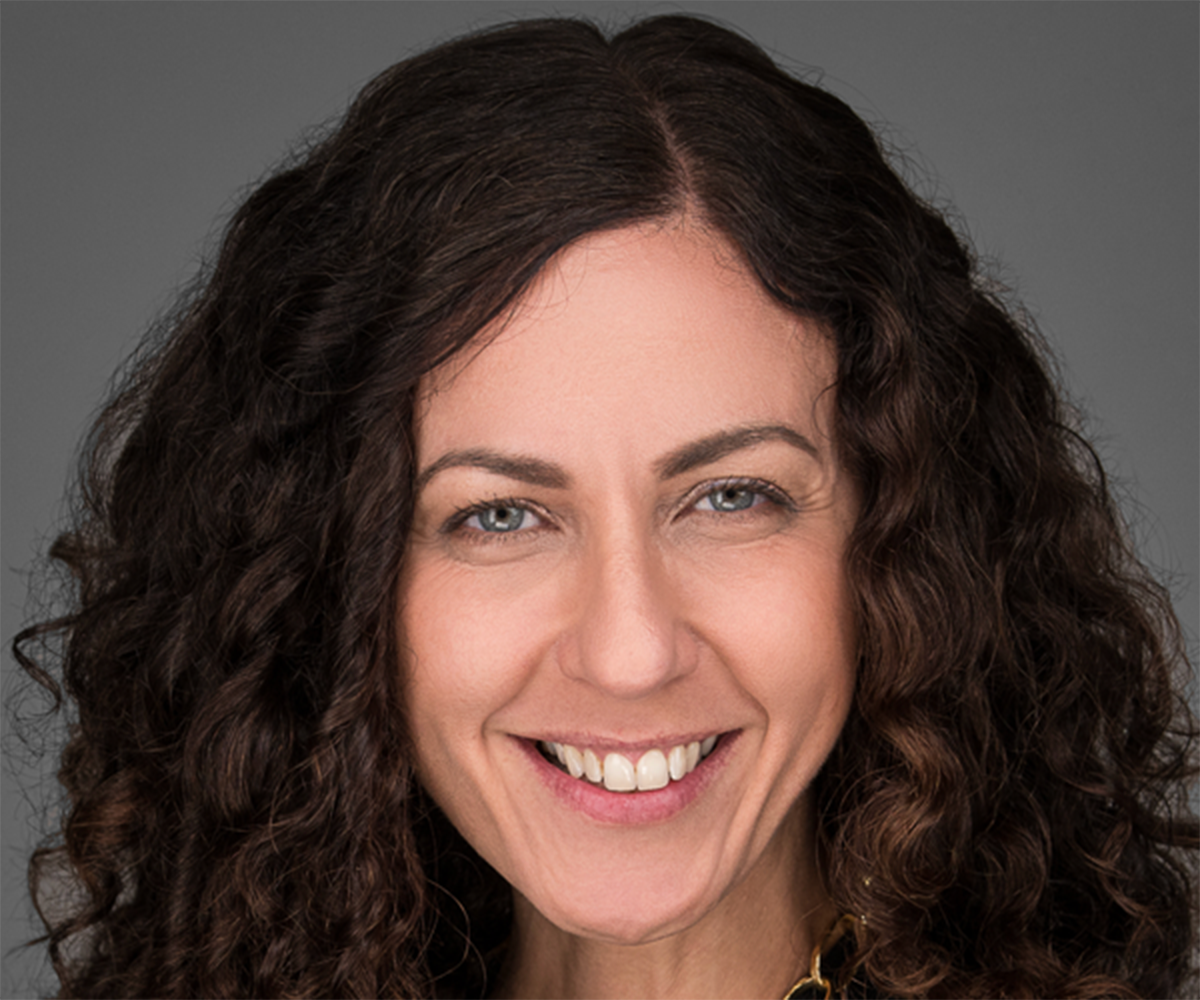
One of the most frequently mutated genes in cancer, the transcription factor p53—popularly known as the Guardian of the Genome—orchestrates a multitude of vital intracellular processes in response to DNA damage, such as DNA repair, cell cycle arrest and apoptotic cell suicide. Post-translational chemical modifications tacked on to the transcription factor are known to play a central role in determining which of various gene expression programs it initiates in any given circumstance. It is also known that cellular levels of p53 oscillate in response to double-stranded breaks to DNA. Less clear is how p53 temporally coordinates downstream cellular responses with its pulsed expression. Researchers led by Ludwig Harvard’s Galit Lahav showed in Science Advances in October that the protein is differentially modified in its first and second pulses of expression. Acetylation at two sites of the protein, K373 and K382, is reduced in the second phase of p53 expression following double stranded DNA breaks. Galit and her colleagues show that the reduced acetylation in the second pulse alters the menu of gene expression programs p53 activates. This suggests that changing patterns of post-translational modification may enable cellular responses to p53-activating stimuli to evolve over time. The interplay of pulsed expression and chemical modification might permit p53 to temporally organize multiple processes in individual cells.
Temporal regulation of gene expression through integration of p53 dynamics and modifications
Science Advances, 2024 October 25